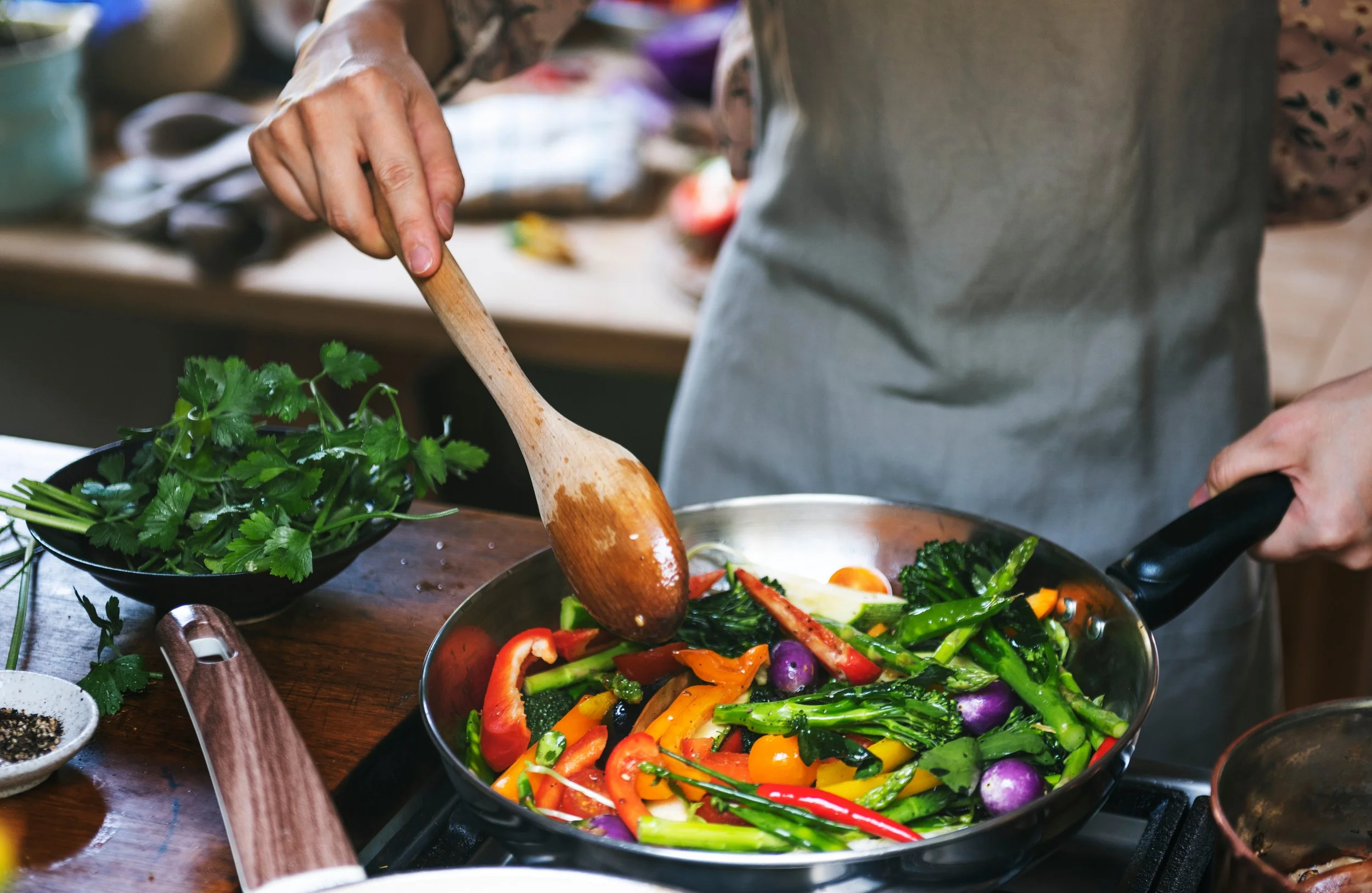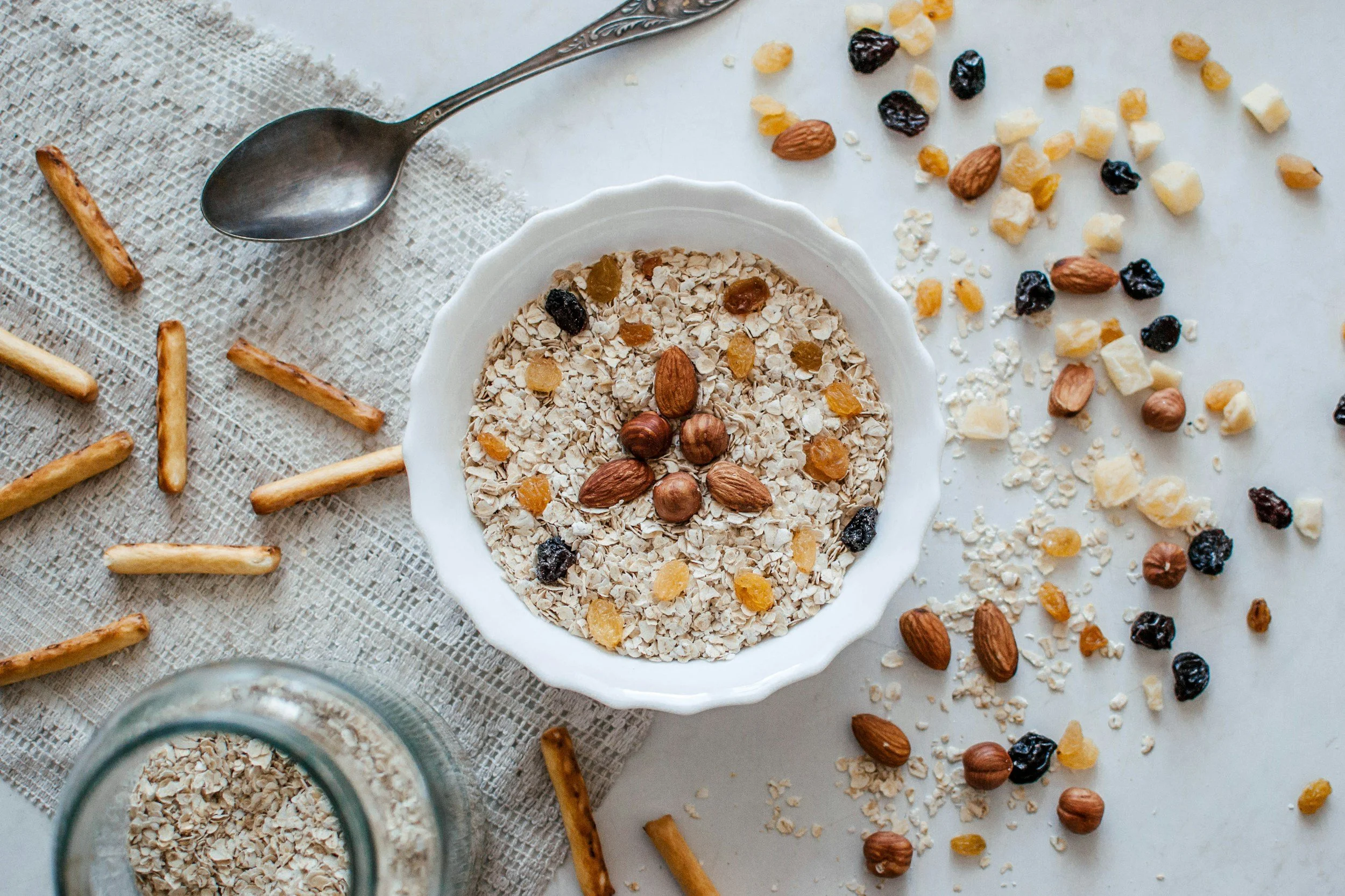How to Include More Veggies into Your Meals
Though we all know the importance of eating our veggies, it can be challenging to ensure we get enough each day. According to the Centers for Disease Control and Prevention, only one in ten adults gets the recommended amount of vegetables. Fortunately, there are a few simple ways to make sure you're getting your daily dose of veggies. You'll be surprised at how easy it is to do and how delicious the results can be.
Puree veggies for recipes
Pureed vegetables are an easy way to sneak extra nutrients into your diet. By adding them to sauces or soups, you can get all the benefits of eating veggies without even realizing it. Carrots, spinach, and tomatoes are all great options for pureeing, and they can add a boost of flavor to any dish. If you're worried about the taste, start by pureeing a small amount and gradually increasing the amount until you reach your desired level.
Use them as toppings
You can easily add more veggies to your diet by getting creative with your toppings. Add shredded carrots and kale to omelets or roasted Brussels sprouts to your salad. Not only will you get the nutritional benefits of eating more vegetables, but you'll also find that dishes are more filling and satisfying when packed with healthy toppings. So next time you're looking for a way to eat more veggies, think beyond the salad bowl and get creative with your toppings.
Include them in smoothies
Smoothies are a great way to add fruits and vegetables to your diet because they are quick and easy to make and can be customized to your taste. You can also add other healthy ingredients such as Greek or non-dairy yogurt, ground flaxseed, or almond milk to boost the nutrient level of your smoothie. And since smoothies are portable, you can take them with you on the go. So if you're looking for an easy way to eat more vegetables, consider adding them to your next smoothie. Be sure to fill your smoothie with healthy fat, protein, and veggies. If you add fruit, use a small handful to keep your nutrients balanced.
Make veggie-based snacks
There are plenty of recipes for veggie-based snacks, such as carrot and celery sticks, cucumber slices, and zucchini chips. For example, rather than snacking on potato chips, you could make roasted kale chips. Or, instead of eating crackers with cheese, you could have celery sticks with hummus. Veggie-based snacks are not only healthier than their processed counterparts, but they are also far more satisfying. So next time you're looking for a snack, reach for some veggies instead -- this is an excellent choice for when you're looking for something healthy to eat between meals.
While it may take a little effort to get started, hiding veggies in your meals is an easy way to ensure you and your family get the nutrients you need.




